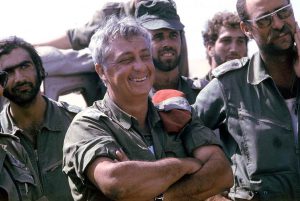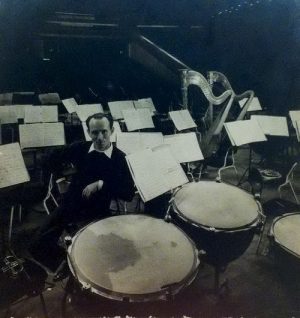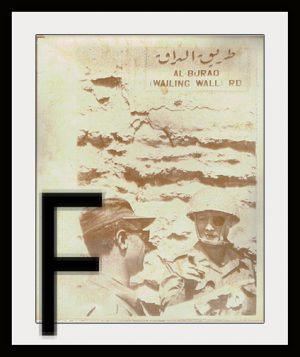Shop
Nurenberg Trials – Original Large Press Photo, 1946.
$0.00
SOLD
| Dimensions | 26 × 20 cm |
|---|---|
| A | |
| Artist / Creator | |
| Year | |
| Condition | |
| Technique |
Description
Nurenberg Trials – Original Large Press Photo, 1946.
On back – a description of photo in French. The photo depicts the Nazi war criminals on the accused bench. Among them Goering, Hess, Von Ribentrop, Rosenberg, Frick. Streicher etc. 26X20 cm. Good conditon.
The Nuremberg trials (German: Die Nürnberger Prozesse) were a series of military tribunals held after World War II by the Allied forces under international law and the laws of war. The trials were most notable for the prosecution of prominent members of the political, military, judicial, and economic leadership of Nazi Germany, who planned, carried out, or otherwise participated in the Holocaust and other war crimes. The trials were held in Nuremberg, Germany, and their decisions marked a turning point between classical and contemporary international law.
The first and best known of the trials was that of the major war criminals before the International Military Tribunal (IMT). It was described as “the greatest trial in history” by Sir Norman Birkett, one of the British judges present throughout.[1] Held between 20 November 1945 and 1 October 1946,[2] the Tribunal was given the task of trying 24 of the most important political and military leaders of the Third Reich. Martin Bormann had, unknown to the Allies, died in May 1945 and was tried in absentia. Another defendant, Robert Ley, committed suicide within a week of the trial’s commencement.
Adolf Hitler and Joseph Goebbels had both committed suicide in the spring of 1945 to avoid capture. Heinrich Himmler attempted to commit suicide, but was captured before he could succeed; he committed suicide one day after being arrested by British forces.[3][4] Heinrich Müller disappeared the day after Hitler’s suicide, the most senior figure of the Nazi regime whose fate remains unknown. Reinhard Heydrich had been assassinated by Czech partisans in 1942. Josef Terboven killed himself with dynamite in Norway in 1945. Adolf Eichmann fled to Argentina to avoid capture but was apprehended by Israel’s intelligence service (Mossad) and hanged in 1962. Hermann Göring was sentenced to death but, in defiance of his captors, committed suicide by swallowing cyanide the night before his execution.
Primarily treated here is the first trial, conducted by the International Military Tribunal. Further trials of lesser war criminals were conducted under Control Council Law No. 10 at the U.S. Nuremberg Military Tribunal (NMT), which included the Doctors’ trial and the Judges’ Trial.
The categorization of the crimes and the constitution of the court represented a juridical advance that would be followed afterward by the United Nations for the development of an international jurisprudence in matters of war crimes, crimes against humanity, and wars of aggression, and led to the creation of the International Criminal Court. For the first time in international law, the Nuremberg indictments also mention genocide (count three, war crimes: “the extermination of racial and national groups, against the civilian populations of certain occupied territories in order to destroy particular races and classes of people and national, racial, or religious groups, particularly Jews, Poles, and Gypsies and others.”)[5]







